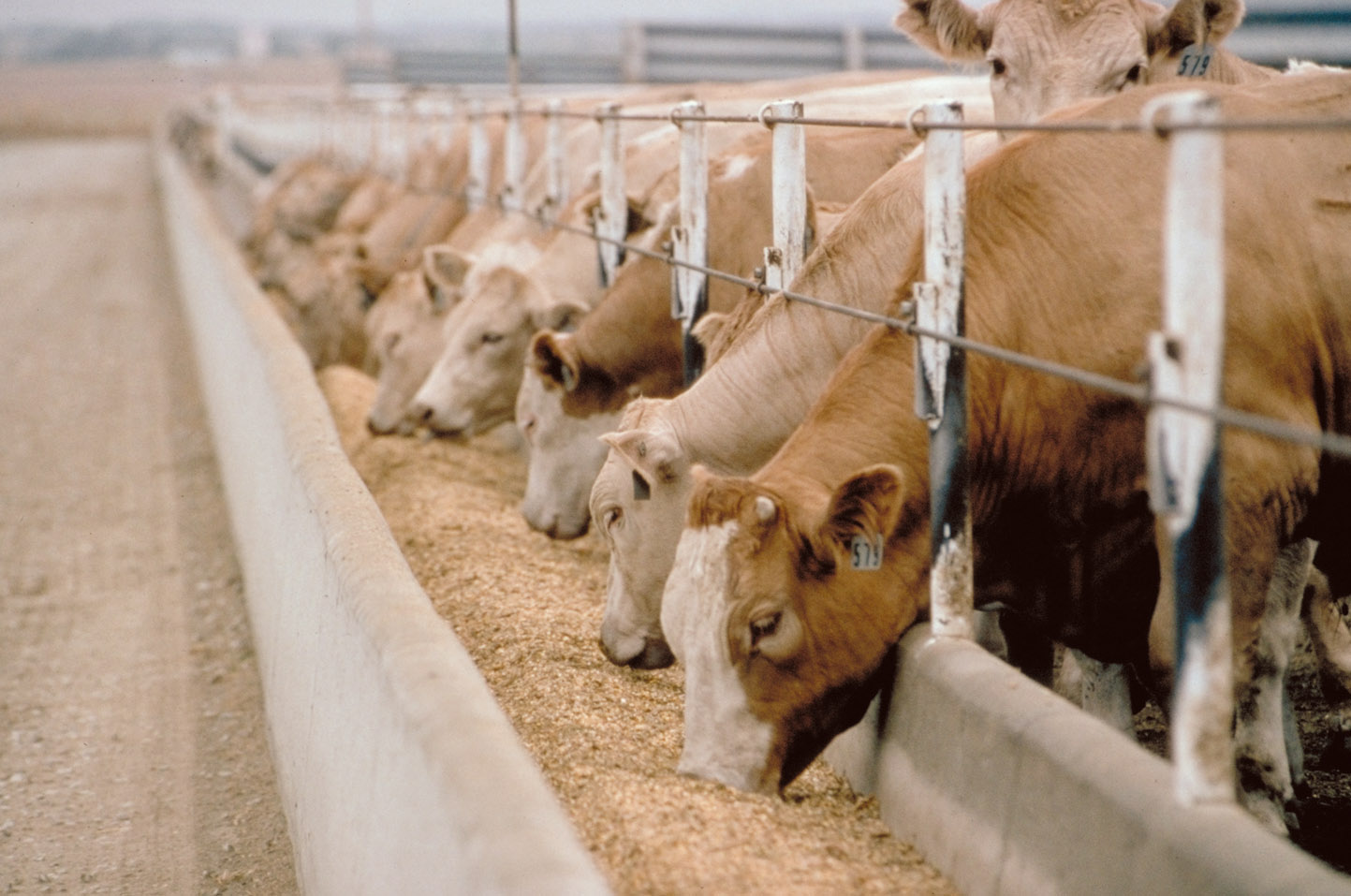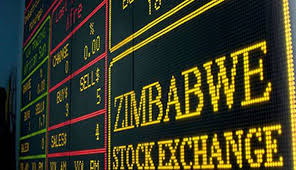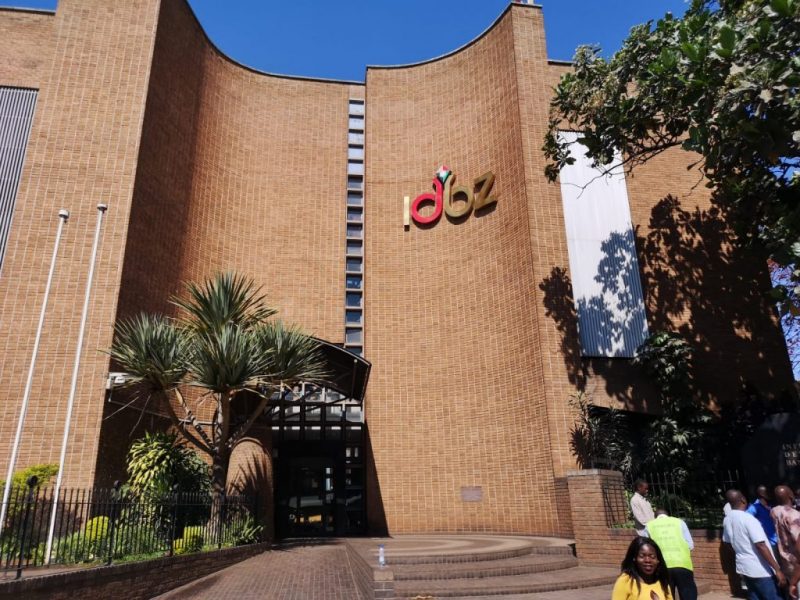Uhuru economic empowerment drives local success in Zimbabwe’s key sectors
As Zimbabweans prepare to commemorate the country’s 45th independence anniversary on Friday next week, there is an admission by the majority that there has been significant strides in economic empowerment for the local population, particularly in mining and agriculture.
Indigenous people have grabbed the opportunities created by the Government of Zimbabwe to venture into other lucrative services sectors including public transport and retail among others.
However, the mining and agriculture sectors, that are the backbone of Zimbabwe’s economy, provide intriguing insights as they achieved significant success in the empowerment of indigenous people, with locals now playing a growing role in driving growth and development in these key industries.
It is quite a positive development that locals are actively participating in these key sectors and creating wealth for themselves and the country at large.
Critically, the significant successes being recorded in these sectors are predominantly a result of deliberate policy implementation that drives indigenous economic empowerment.
Mining and agriculture have helped to redistribute national wealth among ordinary Zimbabweans willing to participate in the sectors.
Firms in the agro-processing value chains, have also benefited immensely from increasing output being recorded by the indigenous farmers.
Mining
The 45th anniversary of independence is coming when the gold sector realised a record 36,5 tonnes in gold deliveries to Fidelity Printers and Refiners in 2024.
Out of the 36,5 tonnes of gold delivered during the year, the artisanal and small-scale mining sector contributed 65 percent, while 35 percent came from large-scale miners.
This impressive output not only exceeded the Government’s target of 35 tonnes annually, but also marked a 21 percent surge from the 30,1 tonnes recorded in 2023.
This is so, thanks to the empowerment drive that has seen the advent and legal recognition of artisanal and small-scale miners.
Particularly, gold deliveries have been improving after the decriminalisation of artisanal mining, which has immensely encouraged artisanal miners to sell their gold formally.
Initiatives that include the decentralisation of offices that grant mining permits to ordinary citizens have also enhanced the allocation of mining claims and the participation of ordinary citizens in this once-fenced sector.
Policies have been drafted to ensure the recognition of artisanal and small-scale miners whose operations were previously criminalised.
Consequently, the contribution of artisanal and small-scale miners to total national exports has significantly increased compared to previous years, playing a crucial role in the country’s economy.
The Mines and Minerals Bill of 2022 also intends to promote ease of doing business in this mining sector with a view to attract more investors.
The impact of small-scale mining extends beyond gold production, as it provides employment and income for millions of people.
In fact, the artisanal and small-scale mining sector now employs approximately 10 times more people than large-scale mining, providing significant benefits to a larger workforce.
Mining contributes significantly to Zimbabwe’s revenue inflows, with gold as a major mineral export, followed by platinum, collectively accounting for over half of Zimbabwe’s export revenue.
The sector is projected to play a pivotal role in the attainment of the country’s vision of becoming an Upper Middle-Income Economy by 2030, as enshrined in the National Development Strategy 1 (NDS1).
The mining sector has significant potential for growth and the government aims to boost mineral production, with small-scale mining ventures expected to play a key role in achieving this goal. However, the regulatory framework governing small-scale mining, including laws such as the Mines and Minerals Act and the Gold Trade Act, may require updates to accommodate the sector’s growth.
Despite encountering a fair share of challenges, small-scale miners are vital to Zimbabwe’s gold sector, and their contributions have the potential to drive economic growth and development.
Young Miners Foundation (YMF) chief executive, Mr Payne Kupfuwa, said he was indebted for the empowerment initiative, which has enabled them to enjoy mining rights for different minerals.
“As Young Miners Foundation (YMF), we are grateful for the empowerment drive because since our inception in 2010, we have managed to get access to mining rights. Young people now own gold claims, chrome claims, iron and even gemstones. As small-scale miners, we now run more formalised and professional mining enterprises in the mining value chain.
“We have also been getting some financing through some institutions like the MMCZ for training on formalisation and fundamentals in small-scale mining management. We are grateful for the opportunity because it was unheard of in the past that black people own a mine,” said Mr Kupfuwa.
Agriculture
Tobacco has been central to the agrarian economy of Zimbabwe since the early 1900s, when it became the backbone of the new settler economy following colonisation.
Today, smallholder farmers, particularly those on resettlement land, are the primary producers of tobacco in the country, thanks to the local empowerment policies, particularly the hugely successful land reform programme.
Since the land reform of 2000, tobacco has gained new momentum, with production frequently surpassing that of white former commercial farming in the 1990s.
In recent times, the number of tobacco farmers has skyrocketed due to the government’s economic empowerment initiatives.
Notably, more smallholder farmers in resettled and communal areas, as well as former farm workers, are now entering tobacco production across various farming sectors.
From a low of 6 310 smallholder tobacco farmers who produced 7 583 million kilogrammes of tobacco in 2000, the number rose nationally to an average of 79 000 smallholder growers during the period from 2013-17.
Fast forward to 2024, according to the Tobacco Industry Marketing Board (TIMB), more than 107 000 tobacco growers registered for the 2024-2025 cropping season, marking a 16 percent increase from the 92 862 growers registered for the 2023-2024 cropping season.
Exciting is the fact that the youths are actively participating in this thriving sector, having been given opportunities to contribute to their country’s economy.
The significant increase in the number of registered growers reflects the sector’s continued expansion and potential in recent years.
In the 2023 tobacco marketing season, farmers delivered a record 294 million kg of the golden leaf, to the tune of US$890,9 million, surpassing the record of 261 million kg that was set in 2019, further highlighting the success of the country’s agrarian reform.
It was also just two percent shy of the 300 million kg target that was projected for the year by the government. The 2025 tobacco cropping season is also expected to bring out a positive performance for the sector.
The golden leaf is a significant foreign currency earner and, since 2009, has been pivotal in supporting the liquidity situation in the country.
Women Farmers Association Trust president, Mrs Dephina Nkomo, indicated that empowerment had uplifted the lives of many Zimbabweans, particularly those involved in the agriculture value chain.
“Economic empowerment programmes since independence have uplifted our lives in a very big way. We are now able to farm and produce on a larger scale due to land reform, which addressed imbalances in terms of land ownership. Everyone, including youths and women, now has access to use land and are producing for the economy.
“The empowerment drive has given women the opportunity to own land and to cultivate crops like tobacco, which were only a preserve for commercial white farmers, and the country now produces record tobacco output,” said Mrs Nkomo.
Due to the aforementioned indigenous economic empowerment policies, the participation of locals in wheat and maize production has been growing.
In 2024, Zimbabwe’s agricultural sector achieved a significant milestone, with the country’s wheat harvest reaching a record-breaking 563 961 tonnes. This figure not only surpasses the previous season’s yield of 468 000 tonnes but also stands as the highest wheat production level since the country began cultivating the crop in 1966.
This remarkable production level substantially reduced the country’s reliance on wheat imports, which had previously cost the nation millions of dollars.
The growth in wheat production trajectory is likely to have a positive impact on the country’s economy, enhancing food security and creating new opportunities for farmers and stakeholders.
Also, due to the growing participation of locals and indigenous economic empowerment, Zimbabwe’s maize yield has consistently been growing, peaking at 2.28 million tonnes in 2022, followed by 2.1 million tonnes in 2017-herald










